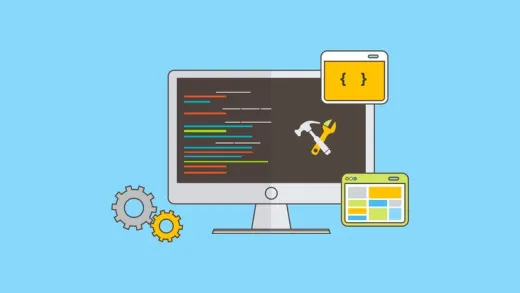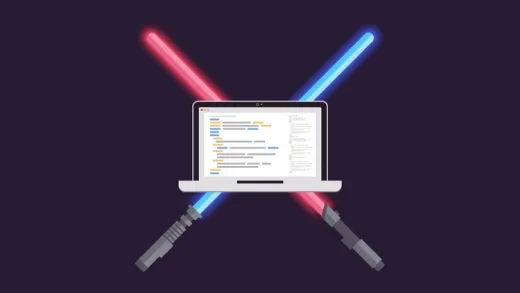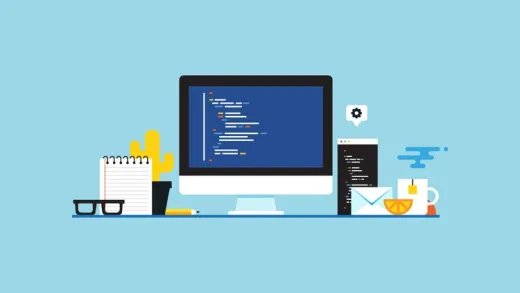Brief Summary
This course is your go-to guide for managing application data in Go using MongoDB! You'll get to explore data persistence through some hands-on projects!
Key Points
-
Understand the importance of data persistence in web apps
-
Learn how to perform CRUD operations with MongoDB
-
Get hands-on experience with Go programming and MongoDB integration
Learning Outcomes
-
How to insert, read, update, and delete documents in MongoDB
-
Create indexes for efficient data retrieval
-
Establish MongoDB sessions and perform key data operations in Go
About This Course
Go applications with application dataCourse Description
When you build web applications, persistence of application data is very important. You can define the data
model of your Go applications using structs, in which you can program against the structs for working with
application data, but you need persistent storage for your application data.
This course shows you how to persist application data into MongoDB, which is a popular NoSQL database.
This course covers the following:
• Introduction to MongoDB
• You will know how insert documents
• You will know how read documents
• You will know how update documents
• You will know how delete documents
• You will know how create indexes
The Go programming language can be simply described in three words: simple, minimal, and pragmatic.
If you look deeply into the language design of Go, you see its simple and minimalistic approach, coupled
with a pragmatic design. You can observe this simplicity with all the Go language features, including the
type system. Today, many programming languages provide too many features that make applications more
complex for developers. The design goal of Go is to be a simple and minimal language that provides all the
necessary features for developing efficient software systems.
What are the requirements?
What am I going to get from this course?
What is the target audience?









Ulrich H.
Very indistinct language